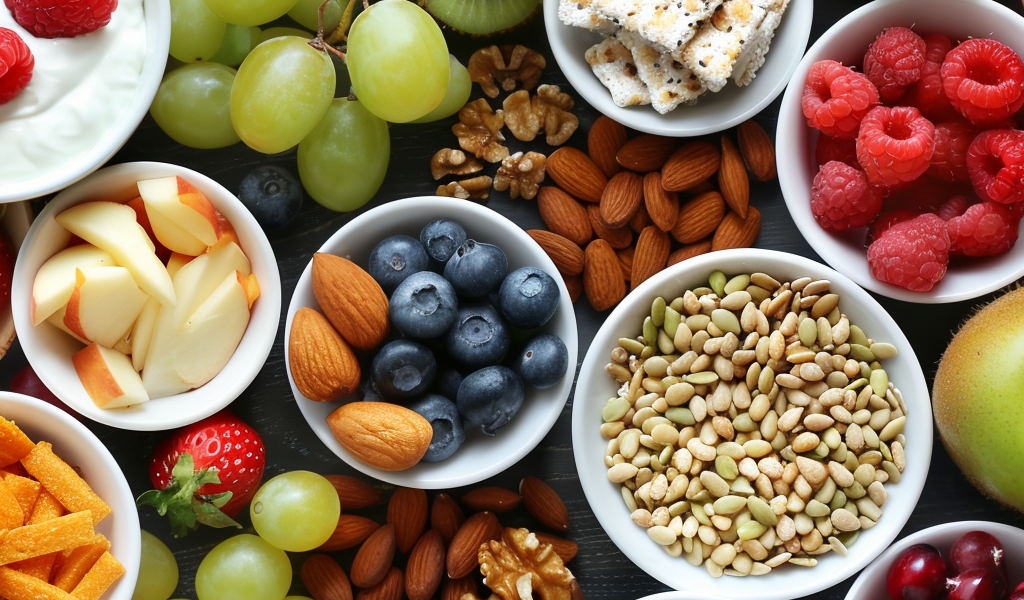Kids and snacks are practically inseparable, and wherever kids go, snacks are sure to follow. Whether they’re at school, daycare, or home with you on weekends, snacking is a regular part of a child’s day. When done right, snacks can boost energy, satisfy hunger, and provide essential nutrition between meals. However, not all snacks are created equal, and some are more nutritious than others.
To share expert tips and guidance on all things snacks, we’ve called in Colleen Wysocki, MS, RDN, CLC to help us crack the code on a healthy snack routine for kids.
What makes a healthy snack for kids?
What children eat in childhood can influence their eating habits and overall health as they grow. Wysocki suggests selecting snacks that include fruits, vegetables, lean protein, whole grains, or dairy to maintain a balanced diet and support a child’s health and development.
Include whole Foods
Choose snacks made from whole foods. Examples of whole foods include fresh fruits and vegetables, nuts and seeds, whole grains, and dairy products like yogurt and cheese.
Add protein or fat
Protein and fat provide satiety and sustained energy, especially when paired with carbs. Plus, protein and fat slow the digestion of carbohydrates, preventing blood sugar spikes and crashes that can leave kids feeling tired and irritable.
Consider fibre
Choose carbs packed with fibre, like fruits, vegetables, and whole grains, to improve digestion, stabilize blood sugar levels, and help kids feel fuller for longer.
Be mindful of added sugar
Foods high in added sugar can spike blood sugar levels, leaving kids cranky and moody. Try fresh or dried fruits first for a sweet treat, and pair desserts with protein or healthy fats to prevent energy crashes.





